Sony A7 light leak, final verdict: not a problem for 99.9+% of photographers
posted Wednesday, March 19, 2014 at 10:00 PM EST
We awarded the Sony A7R our camera of the year award for 2013 because it's a great camera and a technical triumph to boot. So when word cropped up online of significant light leaks in the A7R and its sibling, the A7 (A7 vs A7R), we immediately looked into it.
In part I of our findings, we found that many cameras leak light at the most extreme exposures, suggesting that the A7 and A7R may not be unusual in this regard. In part II we shared some real world photos of the problem and promised to continue our investigation. Finally, in part III below, we'll provide our own real world tests and conclude our findings.
Two leaks in theory, only one in practice
Let's review some information published by the indefatigable crew at LensRentals.com. Roger Cicala and company subjected several samples of the Sony A7 to intense light with the camera set to its maximum ISO value and a long exposure, and identified no fewer than three separate light leaks: from the bottom left and top of the flange/body interface and one from the lens release.
For part III we first went about trying to verify Roger's results. We were able to duplicate the bottom left and lens release leaks in worst-case (read: unrealistic) lab testing using a very bright flashlight, but weren't able to duplicate the top leak.
The important takeaway is the only leak we were able to reproduce in real world situations was that from the bottom left. This is the leak producing the characteristic upper-right diagonal light pattern you can see in the blank frame below.
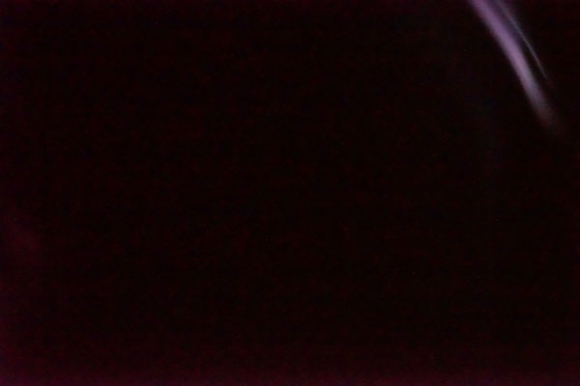
Sony A7, 35mm f/2.8 Zeiss. 30 seconds, ISO 25600, lens cap on.
(indoor with high-intensity flashlight pointed directly at lower left of the flange/body interface)
This is also the same leak that exhibited itself in real world usage for Satoru Murata below. While we haven't searched exhaustively, all complaints we've seen online center around the same upper right diagonal pattern.

Sony A7R, Canon EF 17-40 f/4 L on Metabones III. 147 seconds, ISO 50, f/22.
Photo courtesy Satoru Murata.
Lens release leak MIA in real world
We did manage to find the lens release button leak in our lab tests with a flashlight, with both the 35mm f/2.8 and 28-70mm zoom, but we weren't able to compose a real-world shot where this leak had any effect, despite a good bit of trying, and even with 30-second exposures at ISO 25,600.
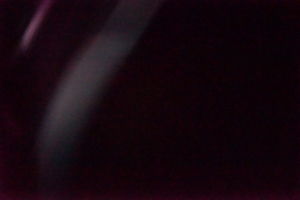
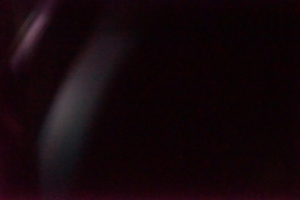
Depends on lens
In very specific circumstances we were able to observe the light leak appearing in the top right of the frame using the 35mm f/2.8 Zeiss lens, but were unable to replicate the problem using the 28-70mm zoom. The first blank frame shown below was taken with a flashlight shining in the lower-left portion of the flange with the 35mm, the second taken under the exact same conditions with the 28-70mm lens.
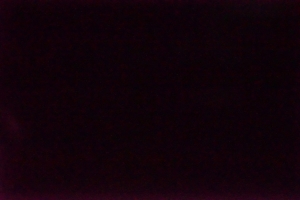
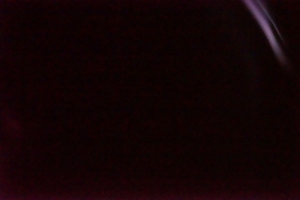
28-70mm on left, 35mm on right. Both shots are 30 seconds, ISO 25,600.
Roger Cicala's tests were with the 35mm lens as well. The real-world photo above was taken by Satoru Murata with the Canon 17-40mm f/4 L on a Metabones III converter. While the leaks we were able to duplicate with the 35mm and that Satoru Murata encountered in his real world images are between the flange and body of the camera, the issues do seem to depend on the lens used as well. The structure of the 35mm and 28-70mm is a little different and something about this difference seems to reduce the problem.
Angle and aperture, too
Since the leak comes from the camera body and not the lens, the problem is more evident at higher f-stops (where the light coming through the lens is reduced, but that leaking around the flange is not) and is reduced significantly by opening up the aperture. The photo below uses the same crazy ISO, but f/6.3 vs. f/22. Both shots were taken with 16 stops of ND filter in front of the lens.
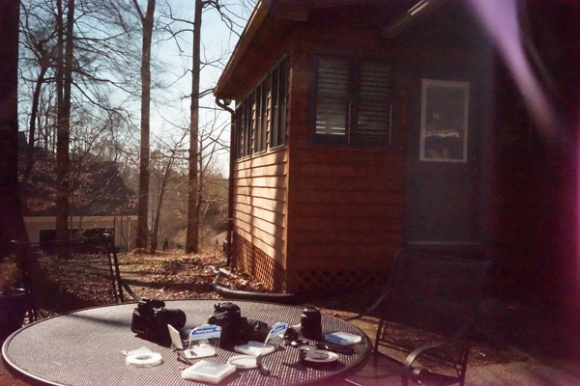
30 seconds, ISO 25,600, f/22. 16 stops ND.
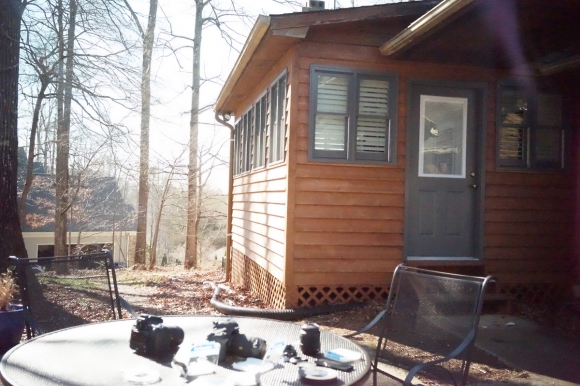
We also found that the degree of light leak was a strong function of the angle at which light was striking the camera; even with extreme exposures, the effect was very sensitive to the angle of the camera. You can see how the light leak was reduced by changing the angle of the camera in the shots below:
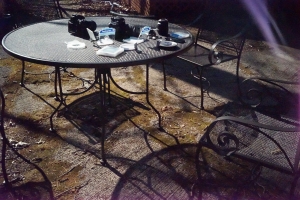
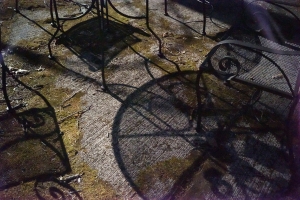
Both are 30 seconds, ISO 25,600, f/22. 16 stops ND.
You really have to stack up those neutral density filters
All the real world shots in this post were taken with 16 stops of neutral density filter. It should go without saying, but that's a lot of light reduction. If we weren't already sick of the whole thing we would've dialed back the neutral density filtering and taken more test shots to show how the problem decreased. From that standpoint every one of our 'real world' photos in this post portrays the A7 in unrealistically harsh light. Wildly unrealistic.
All examples of the problem (that don't involve shining extremely bright lights into the camera body) we're aware of involve a good deal of neutral density reduction and longer exposures. And most tend towards smaller apertures.
Quick note on the exposure time and ISO setting
We avoided exposures longer than 30 seconds to prevent testing from eating up all day, opting instead to crank the ISO, but the results should be similar for lower ISO shots with equivalently longer exposure times.
Who is likely to be affected
We can say with a good deal of confidence that the only folks who will potentially see this problem manifest itself are those who do very long exposure work in daylight. It's also possible more reflective ground surfaces (snow, sand or water) will cause this to crop up under slightly less extreme conditions, but we still think the problem will be restricted to daylight long exposure work.
In the rare event you encounter the issue, opening up the aperture and decreasing exposure time or ISO will eliminate or dramatically reduce the problem.
Tying it all together
From what we've seen, this is definitely not the end of the world, but something to be aware of if you do super long exposure daylight work. We can't anticipate all possible shooting scenarios or applications, but from what we've observed, 99.9+% of photographers will never encounter an issue with either the A7 or the A7R.
We understand that this might be an issue for long-exposure daylight shooters, but apart from the legitimate concerns of that community, this looks to us like a bit of a tempest in a teapot.